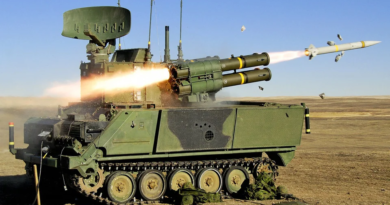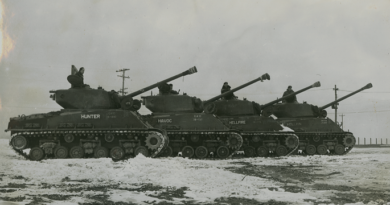Brigade and Brigade Group
A brigade and a brigade group are two distinct organizational structures within the Canadian Army. Whilst both refer to a formation made up of several units and sub-units, they have differences in terms of size, composition and employment.
A brigade is a tactical formation that typically consists of three battalions or regiments, usually of the same type (e.g., infantry, armour [tank], artillery). It is commanded by a colonel and has a headquarters responsible for the coordination and control of its elements. Brigade strength would be about 5,000. Brigades are the building blocks of larger formations such as divisions and play a key role in executing operations at the tactical level. Many of a brigade’s supporting elements would be held at division and higher levels.
A brigade group is a more self-sufficient formation than a brigade, and combines a brigade with supporting elements such as logistics, signals, and medical support. It is capable of operating independently or as part of a larger force. It is commanded by a colonel. A Canadian Mechanized Brigade Group contains infantry, armour and artillery plus supporting elements. Brigade group strength would be about 5,500. A brigade group is equipped with the necessary resources to conduct a wide range of operations, including offensive, defensive and stability operations.
In terms of employment, brigades are typically used as maneuver elements within a larger formation, while brigade groups are used as independent formations for the conduct of operations in a specific area of responsibility. This means that brigade groups need have a wider range of capabilities and to be more flexible in their employment as they can respond to a wider range of operational requirements.
Brigades and brigade groups have their strengths and weaknesses, and their employment depends on the operational requirements of a given mission. Whilst brigades are more suited for operations as part of a larger force, brigade groups offer greater independence and flexibility. Regardless of their structure, both play an important role in the Canadian Army and contribute to the overall capability and effectiveness of the Canadian Armed Forces.
This Note was written greatly based on material provided by ChatpGPT in February 2023 in response to the direction: “Write a one-page description comparing a brigade to a brigade group, in the context of Canadian Army doctrine and their organizations, their strengths and how they are employed.”




